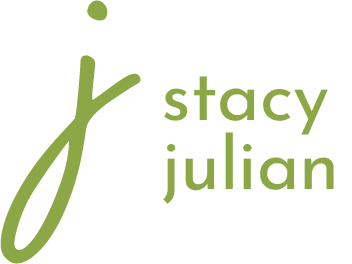How To Tell A Story
Save $20 on Story52 with code: 35WEEKS
I’m going to tell you TWO stories today—I’m publishing this episode right in the middle of National Tell a Story Day and National Scrapbook Day—so though I had another topic planned, I decided to tell stories and talk about stories—which you hopefully recognize as a recurring theme!
I am often asked, “How do I tell—this usually means write—personal stories? and
”Where do the ideas come from?” or “How do I begin?” or “How do I make my stories interesting?”
Countless books have been written and many classes taught on this very subject, but for me, just 4 basic elements or requirements of a story are needed.
But first, today’s show opens with the voice of renowned storyteller, Donald Davis—who I met when I took his 5-day Storytelling Seminar back in 2012. In addition to my 4 elements, I’m also going to share ONE of the many mind shifts about storytelling that I picked up during my week with Mr. Davis.
“A good storyteller doesn’t tell you something, he “shows” it to you. ”
In other words, when you do sit down to write, think less about the words you’re writing and more about the movie you’re directing. What specific details and descriptions will your audience need so that they can SEE what you need them to see.
In my opinion, the basic parts or elements to remember are so simple that we sometimes forget to make sure we are including them …
The beginning. This is the who and where—how will you set stage and who will be important to introduce?
The messy middle. What will go wrong? If you don’t have a problem or at least some tension, you don’t have a story. You can absolutely relate an experience—and doing so is still a worthy endeavor—but stories require drama—even in small doses. This messy middle does not have to be something really big or crazy. It can be a simple everyday-ish concern—as long as it needs to be solved.
The end. What happens? How is the challenge resolved. Who wins and what is learned? Will there be more?
The 4th element (for me) is actually TIME. It takes time to write. Most scrapbookers allow themselves time to design a page, but then oddly expect a first-draft perfection when it comes to recording the story.
📗 LISTEN to my stories and see if you can identify the beginning, the messy middle and the end—and then know that reading, re-reading and editing—to make sure I am using enough detail and description—takes at least as long as it does to design the visual look and feel of a page.
Here is my Tiny Turtle with a BIG Problem scrapbook page:
I routinely tuck longer stories into pockets! Click to ENLARGE
Here is my Dark Chocolate Coconut Cake scrapbook page:
Here I adhere a large envelope to the back of my page and placed the flap over the top edge indicating the story’s location! Click to ENLARGE
✳️ AND, here is your promo code to join Story52: 35WEEKS
This code will save you $20 off the registration and in no time at all a super cute and colorful StoryDeck will be on its way to your mailbox. In the meantime, watch for the confirmation email and come join the FUN in our private Facebook group! The Story52 community is full of encouraging and supportive people who are learning to tell better stories!
Here’s Donald Davis’ TEDx talk I promised to link to …
As always, thank YOU for listening.
If you enjoy Exactly Enough Time, please take a moment to leave me a review on iTunes—or your favorite podcast-listening platform!
